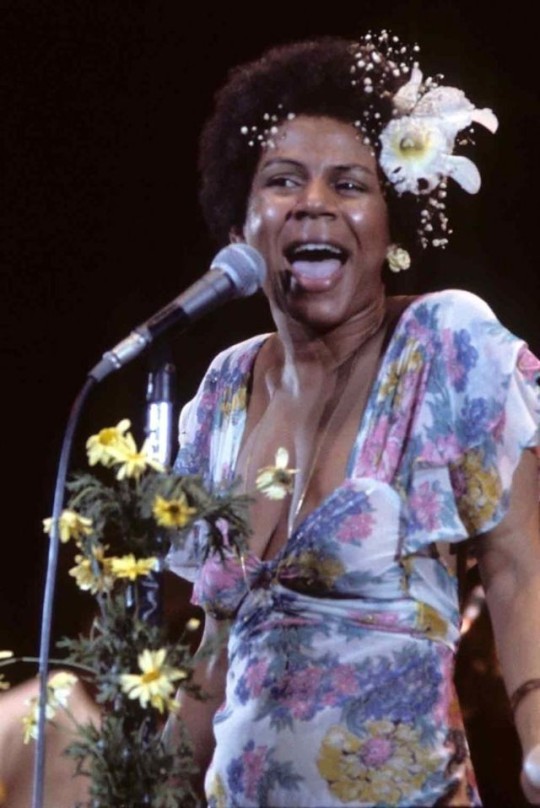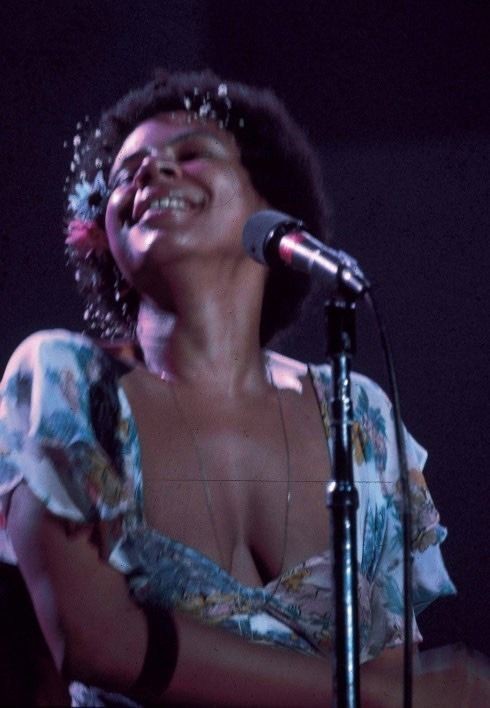#African American musicians
Text

Oct. 13, 2022Everything RisesNYT Critic's Pick
Not long into “Everything Rises,” which opened at the Brooklyn Academy of Music on Wednesday night, the bass-baritone Davóne Tines confronts the audience with an uncomfortable declaration.
“I was the moth, lured by your flame,” Tines, who is Black, sings with disdain. “I hated myself for needing you, dear white people: money, access and fame.”
“Everything Rises” is a timely collaboration, created by the Korean American violinist Jennifer Koh and Tines, that interrogates what it means to be a classical musician of color — to have chosen to make a creative life and professional career in a medium and a milieu that are overwhelmingly white, and to have tucked away fundamental elements of their identities in the process. The result of those inquiries is a compact, affecting and meditative multimedia work made entirely by people of color, including the composer and librettist Ken Ueno, the director Alexander Gedeon and the dramaturg Kee-Yoon Nahm.
Koh and Tines conceived this show several years ago. Its debut was originally scheduled for spring 2020, but because of the pandemic it instead premiered this April at the University of California, Santa Barbara. What happened across the United States between those two dates — particularly in terms of racial violence perpetrated against Black and Asian Americans — made the enterprise seem even more pressing.
The work begins with Koh and Tines dressed in typical concert dress: she in a wine-colored gown, crowned with demure dark hair, and he in a tuxedo. But he is also wearing a black blindfold, which leaves him feeling his way across the expanse of the Fishman Space stage at BAM. Early on, the audience sees a video clip of Koh’s winning performance as a 17-year-old at the 1994 Tchaikovsky competition in Moscow, an early highlight of what could have been a traditional career.
Soon enough, however, Koh reveals her true, hot pink hair. Tines puts his customary earrings on. The duo wear fitted black tank tops with voluminous black skirts — a coming into their full selves, and a recognition of the parallels of their individual paths.
Musically and narratively, “Everything Rises” underlines the fact that Koh and Tines, as well as their creative partners, are constantly code switching, depending on where they are and whom they are with. Ueno imaginatively expresses those frequent alternations between ways of being, drawing texts from their experiences and sampling audio recordings of interviews with the matriarchs of their respective families: Koh’s mother, Gertrude Soonja Lee Koh, who fled the Korean War to the U.S., and Tines’s grandmother, Alma Lee Gibbs Tines, a descendant of enslaved people.
Ueno weaves clips of these women recounting chilling, graphic stories. Alma recalls the lynching of one of her relatives — “they killed him and hung him, cut his head off and they kicked his head down the streets” — while Soonja remembers, “I saw people being tortured and people on the trees, bodies hanging on the trees.”
There are also moments of melancholic tenderness in “Everything Rises,” such as in the lullaby-like “Fluttering Heart,” and testaments to enduring resilience. Over the course of the show, Tines and Koh hold each other up literally and figuratively: hearing, acknowledging and amplifying each other’s stories.
Ueno’s score nods to 19th-century Western idioms, traditional Korean music and shimmering contemporary electronica. The effect is not a pastiche, but a sonic code switching. He also allows Tines and Koh — exemplary technicians and artists of profound intensity — to explore their full tonal and textural ranges. Moments of racial violence are evoked by Koh playing growling, guttural scratch tones, often on her open G string, while Tines cycles from his rich basso profundo to an ethereal falsetto. (The day before “Everything Rises” opened, BAM named Tines as its next artist in residence, beginning in January.)
The piece ends with a hopeful original song, “Better Angels,” which is preceded by a particularly haunting sequence. Ueno writes a new setting of “Strange Fruit,” the powerful song, made famous by Billie Holiday, that portrays violence against Black Americans and that, in part, led to Holiday’s prosecution by the U.S. government. It’s impossible not to imagine Holiday’s ancestral shadow as part of this work: Alongside Alma and Soonja, she becomes its third matriarch.
4 notes
·
View notes
Text
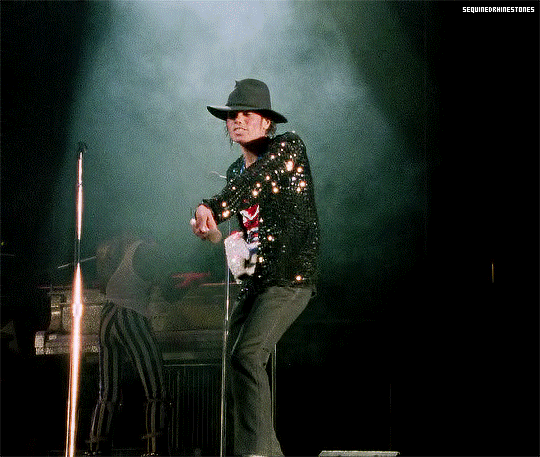
MICHAEL JACKSON // (03/∞) Thriller 40: The Album That Changed It All
#michael jackson#80s#king of pop#thriller 40#thriller#useranimusvox#throwbackblr#usermusic#tuserlauren#dailymusicians#blogmusicdaily#80s music#userbbelcher#dance#african american#retro#throwback#pop music#musicians#sequinedgifs
224 notes
·
View notes
Photo

Megan Thee Stallion
Gender: Female
Sexuality: Bisexual
DOB: 15 February 1995
Ethnicity: African American
Occupation: Singer, songwriter, rapper, musician, producer, activist
#Megan Thee Stallion#bisexuality#bipoc#sapphic#lgbtq#female#bisexual#1995#black#poc#african american#singer#songwriter#rapper#musician#activist#music producer#popular#popular post#400
489 notes
·
View notes
Photo

"SZA, Muslim Women Are Everything" by Fahmida Azim on INPRNT
#art#print#illustration#artist#fahmida azim#space#books#book#badass#musician#rapper#black woman#muslim#african american#black women#inspiring#black girl magic#songwriter#sza#badass women#muslim women are everything#seema yasmin#harpercollins#harper design#harper#inprnt
548 notes
·
View notes
Photo
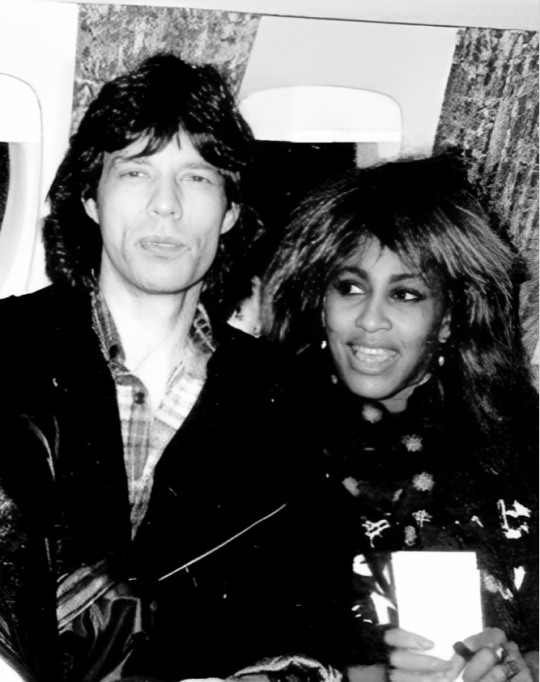
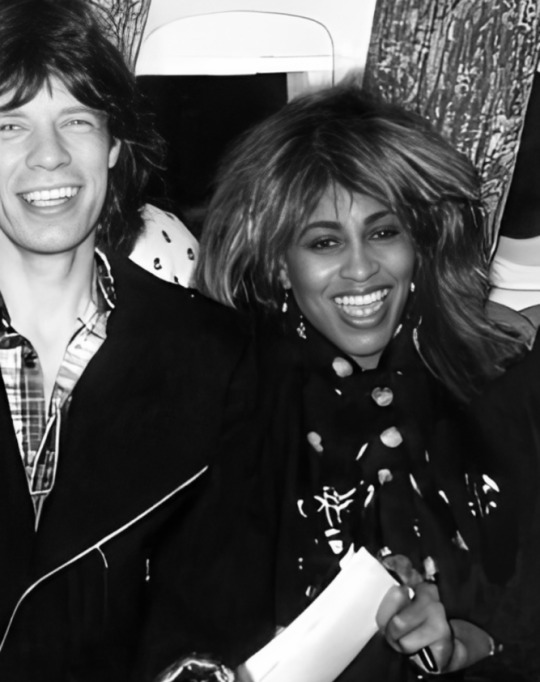
Mick Jagger traveling with Tina Turner, circa 1989.
#tina turner#mick jagger#the rolling stones#rolling stones#rockstars#icons#legends#music#musicians#queen#queen of rock & roll#frontman#british rock band#rock & roll#tina and her evil twin mick#black woman#black women#african american#black msuic#r.i.p.#1980s#80s#vintage#retro#candid#plane#rare#photo#sbrown82
259 notes
·
View notes
Text
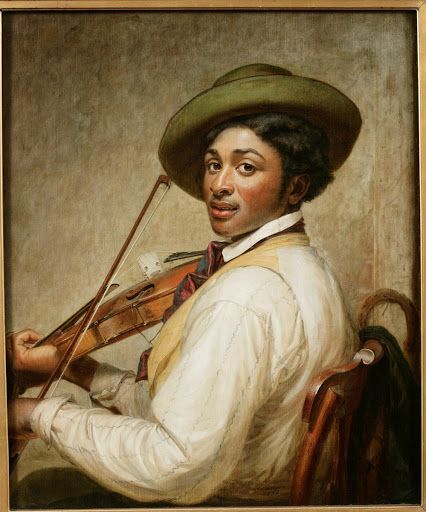
William Sidney Mount (1807-1868)
"Right and Left" (1850)
Oil on canvas
#paintings#art#artwork#genre painting#male portrait#william sidney mount#oil on canvas#fine art#portrait of a man#musician#musical instruments#instrument#clothing#clothes#african american#1850s#mid 1800s#mid 19th century
99 notes
·
View notes
Text
Dorothy Donegan

Jazz pianist Dorothy Donegan was born in 1922 in Chicago, Illinois. Donegan was not only fluent in several styles of jazz, but also in European classical music. In 1943, she became the first African-American to perform at Orchestra Hall in Chicago. Donegan became known for her entertaining and flamboyant style of performance, and garnered a cult following. She began receiving wider acclaim later in life. In 1992, Donegan received a Jazz Master fellowship from the National Endowment for the Arts. The following year, she performed at the White House.
Dorothy Donegan died in 1998 at the age of 76.
Image: National Archives
#jazz#pianists#piano#african-american#music#musicians#women in music#black women#black history#women's history
27 notes
·
View notes
Text
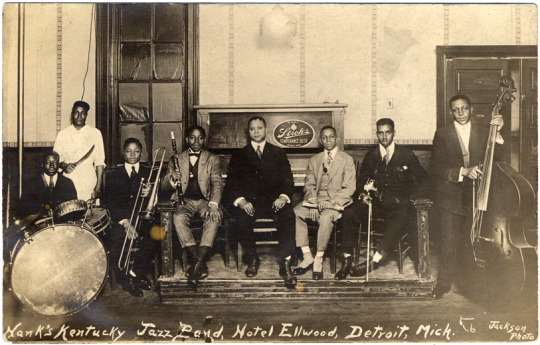
Hank's Kentucky Jazz Band on stage at the Hotel Ellwood in Detroit, Michigan. Six of the seven members are sitting down, man on right is standing with his cello, man holding long knife in the back left, upright piano in back, drums, trombone, clarinet, violin and cello are instruments used by the band. Handwritten on front: "Hank's Kentucky Jazz Band, Hotel Ellwood, Detroit, Mich. Jackson Photo."
Harvey C. Jackson Collection
Burton Historical Collection, Detroit Public Library
#hank's kentucky jazz band#harvey c. jackson#music#hotel ellwood#detroit#jazz#jazz band#musicians#african american#muci history#detroit history#detroit public library
127 notes
·
View notes
Text

Janelle Monáe by Tim Walker for Vogue UK, July 2023 edition
Styled by Kate Phelan. Set design by Miguel Bento.
#tim walker#janelle monae#janelle monáe#vogue#british vogue#vogue uk#fashion photography#editorial#fashion#british photographer#queer artist#non-binary#poc#queer poc#black musicians#black actors#african american#kate phelan#miguel bento#2023#july 2023
123 notes
·
View notes
Text
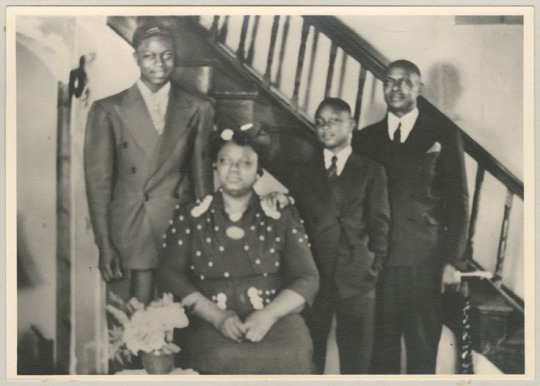


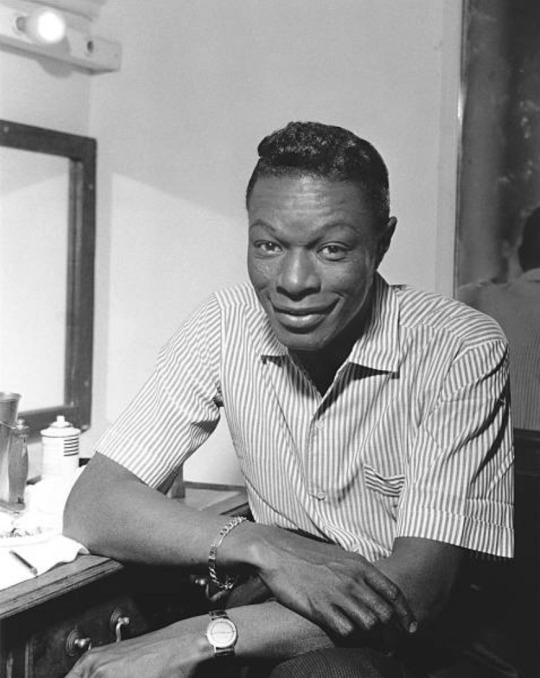
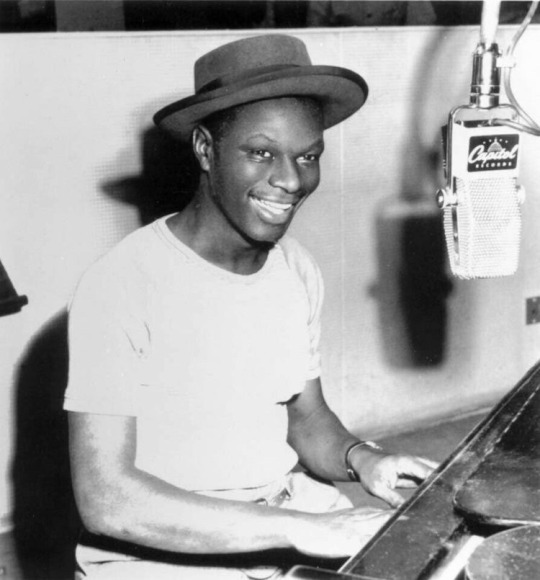





Remembering Nat King Cole 🌹🕊️
on his Birthday 🎂
March 17 1919
17 notes
·
View notes
Text




#quincy#quincy brown#quincy combs#actor#model#singer#musicians#poc#2023#cardigan#purple#black models#black men#black fashion#black actors#blacks#african americans#dailycelebs#dailyactors#men#r&b#hiphop#hip hop#black singers#black tumblr#haircut#summer 2023#instagram
21 notes
·
View notes
Text

With a beautiful voice, the Black Swan helped to challenge racist views on both sides of the Atlantic!
🎶👩🏾🦱🎶
#history#elizabeth taylor greenfield#musician#the black swan#singer#african american history#philadelphia#1800s#historical figures#united states#womens history#black girl magic#queen victoria#black history month#women supporting women#black history#electra potter#african american women#victorian age#black artist#american history#buffalo#black excellence#girl power#women empowerment#music history#historical women#nickys facts
6 notes
·
View notes
Text

King Sis
Gender: Female
Sexuality: Bisexual
DOB: N/A
Ethnicity: African American
Occupation: Singer, songwriter, music producer, musician
#King Sis#femme#sapphic#lgbt#bisexuality#female#bisexual#african american#black#poc#singer#songwriter#music producer#musician
104 notes
·
View notes
Text
The Highlight: In Case You Missed It -January & February 2024 New Music Video Alert
youtube
Artist: Eric Bellinger
Song Title: "La Perla"
Artist’s Main Music Style: R&B/Soul
Country: USA
youtube
Artist: Brittney Spencer
Song Title: "Night In"
Artist’s Main Music Style: Country
Country: USA
youtube
Artist: Shaboozey
Song Title: "Anabelle"
Album Genre/Category: Country
Country: USA
#Youtube#Black Tumblr#The Highlight#Musicians#support black artists#pocedit#musicedit#black celebs#black musicians#black culture#black people#black twitter#Black American#African American#black man#black men#black woman#black women#melanin
5 notes
·
View notes
Photo

Tina Turner on stage with the Rolling Stones during their “Tattoo You” American Tour at the JFK Stadium in Philadelphia (1981).
#tina turner#mick jagger#the rolling stones#rolling stones#1981#jfk stadium#concert#tour#live performance#rockstars#rock & roll#music#icons#legends#musicians#singers#tattoo you#black woman#black women#african american#british rock band#rock band#80s#photo#rare#vintage#retro#sbrown82
273 notes
·
View notes
